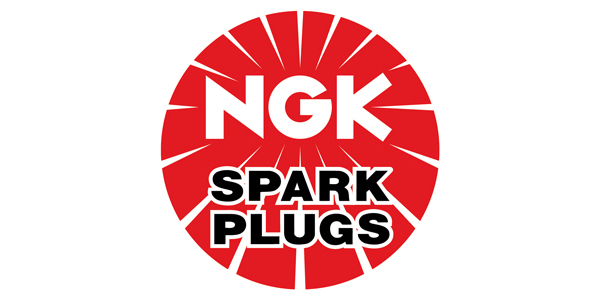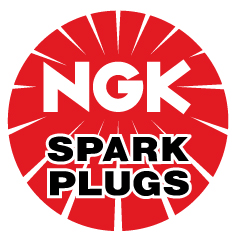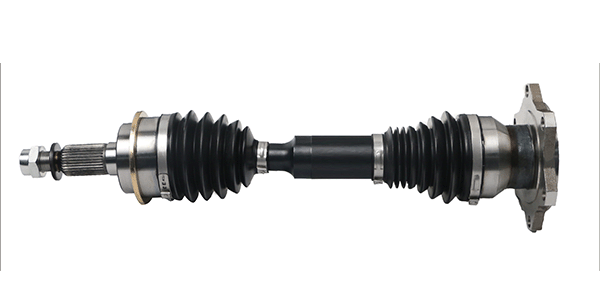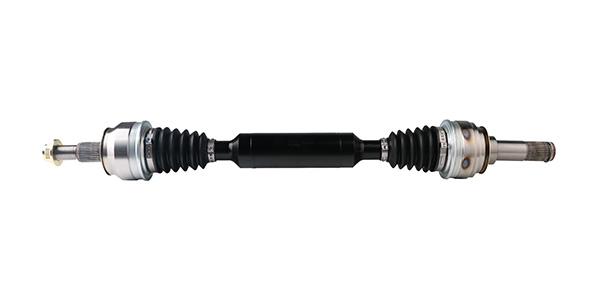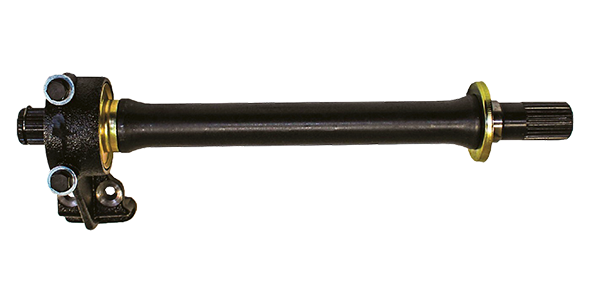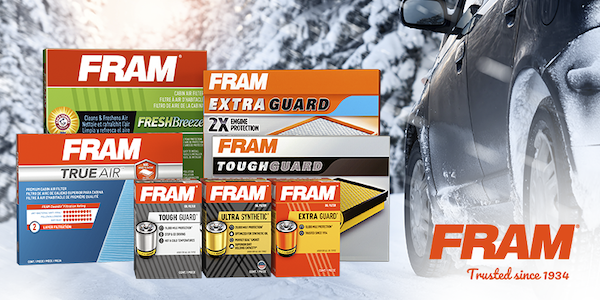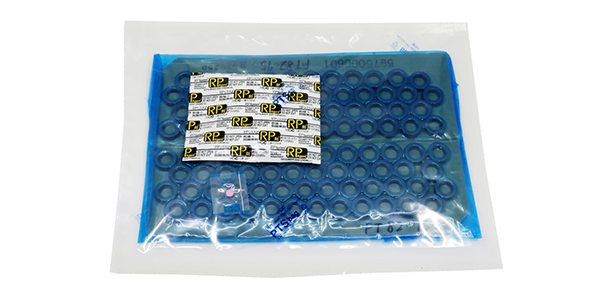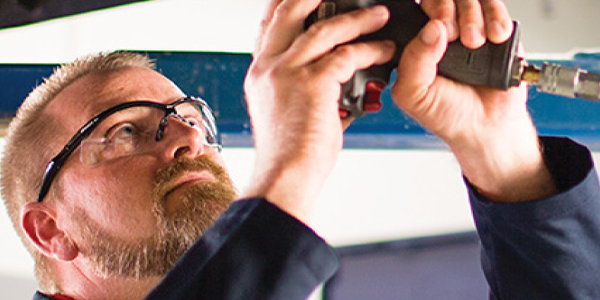1. Anti-seize
Anti-seize helps prevent corrosion of spark plug threads. However, not all spark plugs require the use of anti-seize. Some spark plug manufacturers add specialized coatings to their threads, eliminating the need for anti-seize. In fact, using anti-seize on a spark plug that has thread coating can result in over-torqueing, leading to engine and/or spark plug damage. Anti-seize can also act as a lubricant altering torque values up to 20 percent, increasing the risk of spark plug thread breakage. When installing spark plugs, it is best to review the manufacturers recommendations on the use of anti-seize.
2. Corona Stain
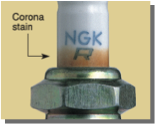 Corona stain is observed as a light brown or tan discoloration, located on the ceramic body of the spark plug above the hex. Corona stain is created by oil or dirt particles surrounding the spark plug. Spark plugs create a high amount of static electricity as they fire, attracting these particles to the exposed ceramic between the plug boot and the hex. Corona stain is completely normal and should not be mistaken for exhaust gas blow-by or broken seals inside the spark plug.
Corona stain is observed as a light brown or tan discoloration, located on the ceramic body of the spark plug above the hex. Corona stain is created by oil or dirt particles surrounding the spark plug. Spark plugs create a high amount of static electricity as they fire, attracting these particles to the exposed ceramic between the plug boot and the hex. Corona stain is completely normal and should not be mistaken for exhaust gas blow-by or broken seals inside the spark plug.
3. Gapping fine-wire spark plugs
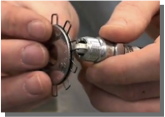 In the late 1980’s, when fine-wire spark plugs first appeared, installers used incorrect gap tools and procedures resulting in broken-off firing electrodes. As a result, many people assumed that one cannot adjust the gap on a precious metal plug. While some spark plug manufacturers pre-gap their plugs, there are some instances where a spark plug gap requires modification. When gapping a fine-wire spark plug, it is recommended to use a wire-style or feeler gage gap tool, which can adjust the gap without prying against the center electrode.
In the late 1980’s, when fine-wire spark plugs first appeared, installers used incorrect gap tools and procedures resulting in broken-off firing electrodes. As a result, many people assumed that one cannot adjust the gap on a precious metal plug. While some spark plug manufacturers pre-gap their plugs, there are some instances where a spark plug gap requires modification. When gapping a fine-wire spark plug, it is recommended to use a wire-style or feeler gage gap tool, which can adjust the gap without prying against the center electrode.
4. Torque
Torque is critical in the plug’s ability to dissipate heat and perform properly. Always follow the manufacturer’s recommended torque specification. An under-torqued spark plug can lead to excessive vibration and improper heat dissipation, causing spark plug and/or engine damage. An over-torqued spark plug may cause thread damage or breakage, or compromise internal seals within the spark plug, leading to improper heat dissipation or exhaust gas blow-by.
5. “Copper plugs”
“Copper spark plugs” is a term mistakenly used for a standard material spark plug. A standard material spark plug traditionally uses a nickel-alloy outer material fused to a copper core. Almost all spark plugs use a copper core center to conduct the electricity, jump the gap, and promote heat dissipation. However, as an outer electrode material, copper would not be a good choice, as it is soft and has a low melting point; resulting in a plug that would last minutes, not miles.
For more information or questions about spark plugs you can reach out to the NGK Technical Support line by calling 877-473-6767 or visit them on the web at www.ngksparkplugs.com.

